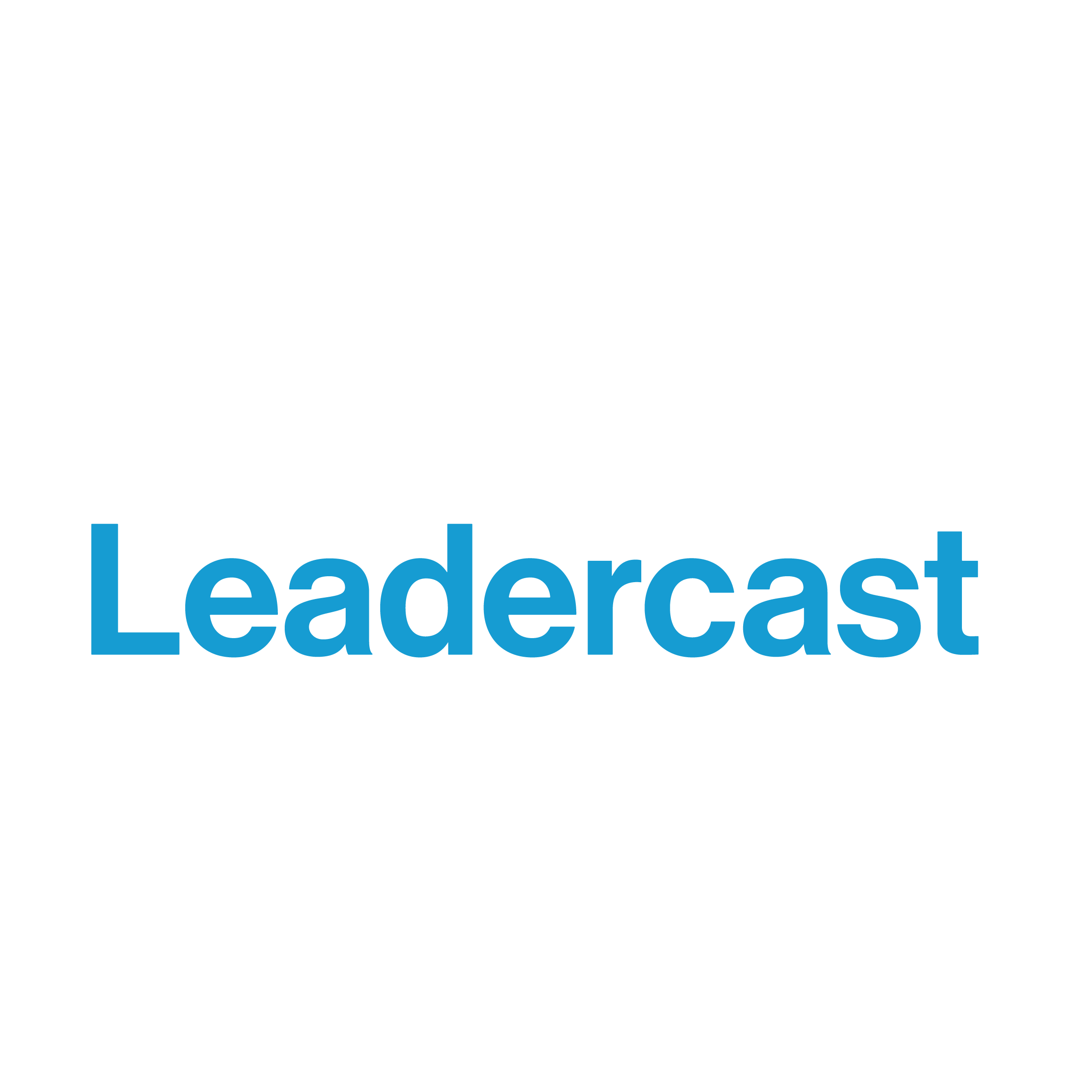Featured Resource: Host Your Next Meeting with Leadercast

Pause is a universal principle inherent in living systems. It is part of the order, value, and growth that arises from slowing down and stepping back. As activity lessens, order increases. This is what I call the Pause Principle, and it is present in economies, physiologies, ecologies, organizations and nations. We observe pause on macro- and microlevels as a principle of life and leadership—a natural part of the continuum that catalyzes growth and transformation.
Yet, as a culture we have ignored it, turning instead to the fast-thinking and reactiveness seemingly required in leadership. On the contrary, the demands and challenges global leaders face call for slowing down.
Research supports the power of pause across various disciplines, from economics to neuroscience and more. In his book, “Thinking: Fast and Slow,” Daniel Kahneman, winner of the Nobel Prize in economics synthesizes his many years of research and makes a strong case for understanding our two systems of thinking:
- System 1: Fast, intuitive and emotional
- System 2: Slower, more deliberate and logical
Kahneman explains that we rely too heavily on system one. We need to engage system two and understand the impact of both systems on decision-making.
From a neuroscience perspective, Daniel Goleman, author of “The Brain and Emotional Intelligence,” reminds us of a century-old model for creativity:
- Step 1: Define and frame the problem.
- Step 2: Go deep and gather information.
- Step 3: Let go, relax and walk away.
This is the Pause Principle in action. In steps one to three, we step back. Step three sets up the possibility for those gamma spikes scientists have identified in which “aha!” moments occur. In step four (execute), we lead forward.
Our addiction to speed and action, busyness and the pursuit of the ubiquitous more in our 24/7, constantly connected, globally caffeinated cultures conspire to diminish rather than strengthen our leadership capacities. We challenge ourselves to keep up, even hasten the grueling pace, and frankly, we rationalize that it comes with the territory. Paradoxically, the job of leaders is to bring clarity to all this chaos. Digitally connected at every moment, we are tied to a 24-hour global clock, expected to perform continually in the face of global pressures, including downsizing, mergers and their related stresses and expectations. The list of demands, personal and professional, never ends. This has become the “new normal.”
Could it be that going faster and driving harder are not the answer? Could there be another way to perform and achieve at higher levels? Could it be that the source of our real value as leaders might come from different thinking and different choices rather than from perpetuation of the incessant pace we are straining to maintain?
Like any valuable, yet unrecognized and therefore neglected, resource, we have to explore and discover its pragmatic uses in order to experience its value-creating impact. We need to learn to tap into pause, incorporating it in our lives and leadership, and leveraging it as a powerful resource and a game-changer—a catalyst for achieving higher levels of growth and performance (an innovation in and of itself).
The Pause Principle is the conscious, intentional process of stepping back, within ourselves and outside of ourselves, to lead forward with greater authenticity, purpose and contribution. We leaders must pursue this value-creating methodology that allows deeper and broader understanding, and ultimately more impactful, transformative action. Paradoxically, pause powers purposeful performance.

